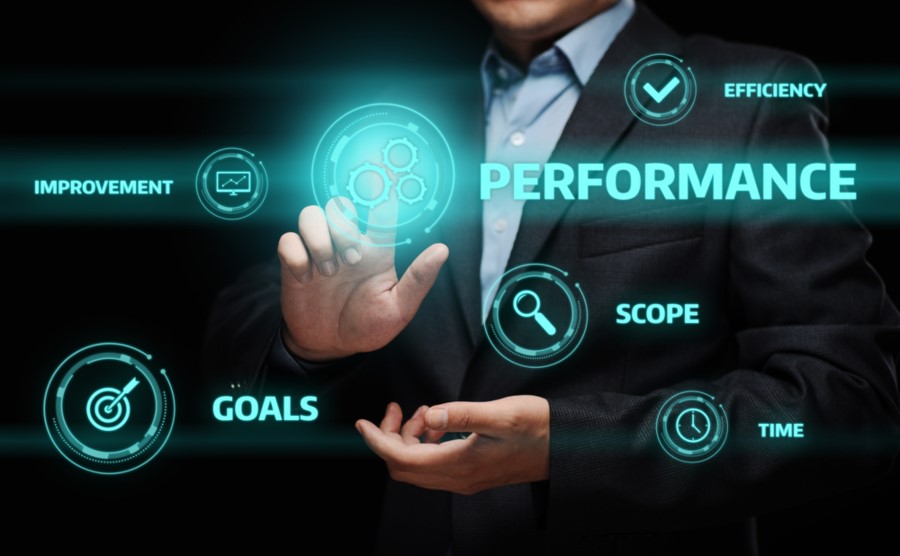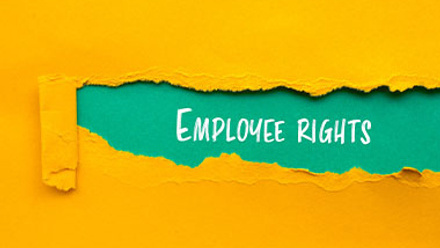How to create a future-proof performance management strategy for your SME

According to a CIPD podcast, maintaining employee engagement through SME growth (2013), there are four stages to SME growth, and you'll have to implement different processes at each stage to ensure your workplace is future-proof.
Stage 1: Entrepreneurial SME
Also known as a 'start-up', your team is small (less than 20 people), and everyone’s roles and titles are flexible. Due to the hectic nature of the business, it falls to the leader to create the culture. It might be challenging to make employee wellbeing a priority at this stage. However, what you lack in the process you gain in flexibility. Try creating a flexible work week, monthly employee newsletters that foster the entrepreneurial spirit in employees and allowing mentorship or development opportunities.
Stage 2: Emerging enterprise
Now you can see the business clearly and can create more structured teams and formalise roles. When you’re in this phase, it’s critical that you pay close attention to the team dynamics, which individuals are excelling and establish challenging and realistic goals and KPI’s. It helps to think about developing a code of conduct or employee guidelines about what they can expect if they aren't performing and what to expect if they perform way above expectations. This way you are creating accountability and ensuring everyone is aware of what happens in every scenario. It helps to bring in a HR consultant when you’re in this phase.
Stage 3: Consolidating organisation
Now we’re beginning to think about the future of the business. The HR strategy has to align with the business goals. Now you have to begin finding and rewarding emergent leaders with development opportunities professionally. You’ll need to look at the weak spots and the retention rates. It’s all about improvement and optimisation where you can start to look at wellbeing more holistically. Poor performance is usually an outcome, so it’s time to take a critical eye at management and processes and be prepared to get rid of old systems that no longer serve the organisation.
Stage 4: Established organisation
At this stage, the conversation has evolved from employee engagement and has centred on wellbeing. Work-life balance has become essential for the younger workforce but is valued by every demographic. This is an excellent opportunity to look at rewards and perks from education opportunities, including financial wellbeing, or even teaming up with the Finance Director to explore stock options for employees.
You should be preparing for the generation that is juggling their side-hustles, social media pages and personal brand activities. The digital revolution has entered your workplace and you’ll need to embrace it or risk hurting your bottom-line.
To learn how you can make your workplace future-proof, download Neyber’s employee engagement guide: How SMEs Are Attracting Top Talent Through Employee Perks and Wellbeing Benefits.
This article was provided by Neyber.
Neyber is sponsoring the Third Annual Employee Wellbeing Congress on 5 July 2018.
The Employee Wellbeing Congress 2018 is now fully booked, but if you haven’t reserved a place you can joining the waiting list.






